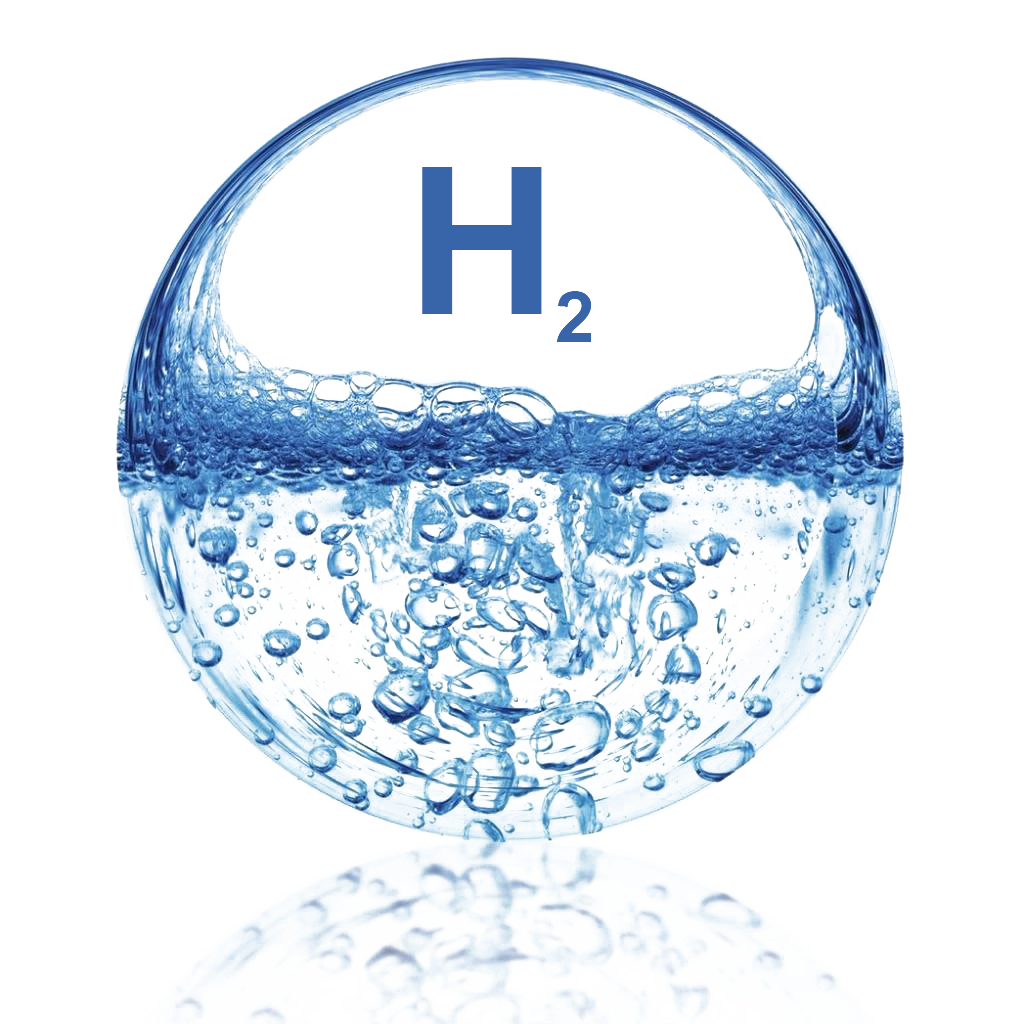Hydrogen, the simplest and lightest element in the periodic table, has fascinated scientists, chemists, and physicists alike for centuries. As an essential component of water and organic compounds, hydrogen manifests in both atomic (H) and molecular (H2) forms. This duality raises fundamental questions regarding the nature of hydrogen itself: Is hydrogen defined as the individual atom [math]H[/math] or as the diatomic molecule [math]H_2[/math]? To comprehensively address this inquiry, one must delve into the underlying principles of chemistry, physics, and even philosophy.
At the outset, it is crucial to clarify the definitions of hydrogen in its atomic and molecular forms. The notation [math]H[/math] represents an isolated hydrogen atom, comprising one proton and one electron. In contrast, [math]H_2[/math] denotes a molecule consisting of two hydrogen atoms covalently bonded, resulting in a diatomic configuration that is the most prevalent and stable form of hydrogen under standard conditions. This distinction is not merely semantic; it influences our understanding of hydrogen’s chemical reactivity, physical properties, and role in biological systems.
The inherent instability of single hydrogen atoms in isolation deserves attention. Free hydrogen atoms exist only transiently and are rarely encountered in nature due to their proclivity to bond with other atoms. This reactivity underscores the importance of [math]H_2[/math] as the stable form that enables hydrogen’s diverse applications. Indeed, the molecular form is predominant in various natural processes, including combustion, respiration, and photosynthesis. Understanding this stability is vital in fields ranging from industrial chemistry to environmental science.
Moreover, the prevalence of diatomic hydrogen in the universe cannot be overstated. As the most abundant element, hydrogen constitutes almost 75% of the elemental mass in the cosmos. Stellar nucleosynthesis processes primarily involve hydrogen nuclei, fusing to form helium in the star’s core, thus illustrating the fundamental role of hydrogen in the formation of stars and galaxies. This astrophysical perspective invites a contemplative inquiry: if hydrogen is predominantly observed as [math]H_2[/math] in the universe, does its molecular form enhance its significance in cosmological discourse?
An intriguing aspect of this duality emerges when discussing hydrogen’s behavior in various chemical environments. In the chemical industry, hydrogen is employed as a reactant in numerous formulations. For instance, the Haber process converts nitrogen gas and hydrogen into ammonia, vital for agricultural fertilizers. This application reinforces the notion that [math]H_2[/math] is the operational form, as its diatomic nature allows it to participate in such reactions efficiently. The implications of this reaction extend beyond agriculture, affecting global food security and economic stability.
Nevertheless, the intrinsic properties of atomic hydrogen [math]H[/math] assert themselves in specific contexts, most notably in quantum chemistry. Atomic hydrogen serves as a fundamental building block for more complex chemical systems and is often utilized as a model for studying quantum mechanics principles. The energy levels and spectral lines of atomic hydrogen reveal significant insights into atomic structure and the behavior of electrons within atoms. This foundational role of [math]H[/math] calls into question how deeply interconnected our understanding of molecular behavior is with atomic properties.
Additionally, the hydrogen atom’s simplicity lends itself to pedagogical discourse. It serves as an introductory element in teaching the principles of atomic theory and quantum mechanics. The simplicity of hydrogen allows students and researchers alike to grasp complex concepts with relative ease, fostering a deeper appreciation of atomic interactions and molecular formation. Consequently, despite its fleeting nature, atomic hydrogen is integral to the foundational learning process within the sciences.
Thus, the question of whether hydrogen should be classified as [math]H[/math] or [math]H_2[/math] transcends simple nomenclature. It invites a more nuanced dialogue about the role of elemental versus molecular forms in scientific inquiry and application. To understand the properties of hydrogen is to recognize the dualities inherent in its existence. This recognition encourages interdisciplinary collaboration among chemists, physicists, and biologists, paving the way for innovative research and technological advancements.
In the sphere of energy, the role of hydrogen continues to evolve, particularly as a potential sustainable energy source. Hydrogen fuel cells offer a promising alternative to fossil fuels, with [math]H_2[/math] being utilized to produce electricity through electrochemical reactions. This shift in energy paradigms highlights the practical importance of molecular hydrogen while reinforcing the necessity to reconsider the significance of atomic hydrogen in relation to energy transitions. The potential for hydrogen to emerge as a cornerstone of sustainable energy solutions emphasizes the importance of addressing the complexities of both its atomic and molecular forms.
Furthermore, the philosophical implications of hydrogen’s existence as both [math]H[/math] and [math]H_2[/math] provoke reflections on the nature of elements themselves—what does it mean to categorize something as fundamental? Are not single atoms as integral to the fabric of reality as the molecules they form? This philosophical inquiry weaves into the scientific narrative, prompting deeper exploration into both the microcosm of atomic interactions and the macrocosm of molecular dynamics.
In summation, the characterization of hydrogen as either atomic [math]H[/math] or molecular [math]H_2[/math] embodies a rich tapestry of scientific exploration and philosophical reflection. The complexities associated with hydrogen emphasize its centrality in both theoretical and practical domains of science. Ultimately, understanding hydrogen in both forms not only enhances comprehension of its chemical properties but also expands our insight into the nature of existence and the interplay between simplicity and complexity in our universe.












